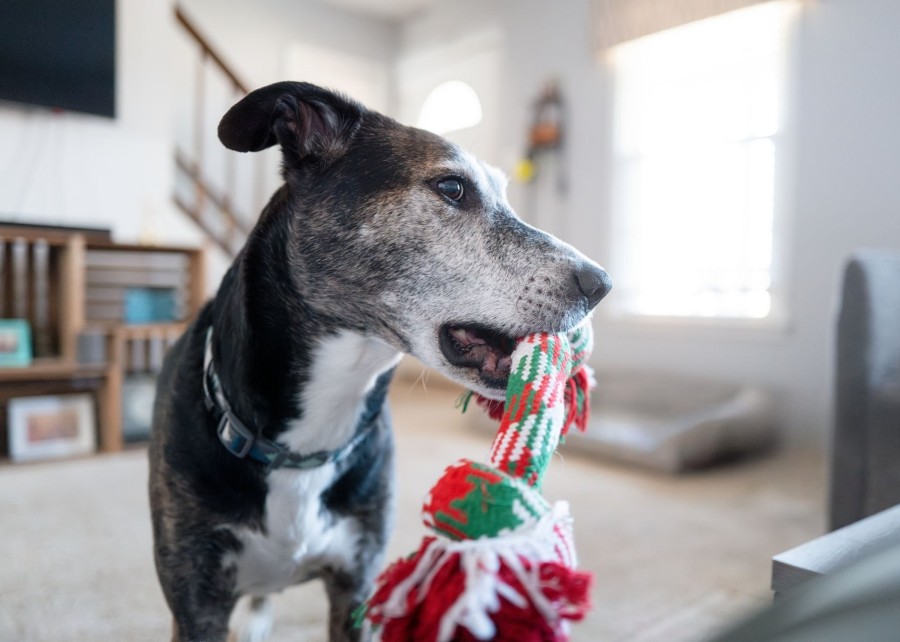Your customers complain their dog destroyed a new toy in minutes. This hurts your profits, your brand’s reputation, and your customer loyalty. So, what’s the real answer?
The safest toy for a destructive dog isn’t a single product, but a system. It combines durable, non-toxic materials, robust construction, and a size appropriate for the dog’s specific chew strength. For your business, safety means minimizing risk and maximizing customer satisfaction.
For a pet brand owner or wholesaler, the question of "safety" goes far beyond just preventing harm to a pet. It’s about commercial safety. It’s about reducing return rates, building a reputation for quality, and protecting your business from liability. A "safe" product is one that performs as promised, delights the customer, and strengthens your brand. For over a decade, I’ve helped brands navigate this challenge, turning the "problem" of destructive dogs into a profitable market opportunity. Let’s break down the framework we use to build commercially safe and successful toy programs.
What makes a dog destructive with toys?
You see customer complaints about "destructive" dogs and think of it as a problem. This mindset costs you access to a premium market segment. The solution is to reframe it.
Dogs aren’t "destructive" maliciously. It’s driven by instinct, boredom, or anxiety. For your business, this behavior defines a key market of "power chewers." They have specific needs for durable products, representing a major commercial opportunity for you to sell premium, high-margin goods.
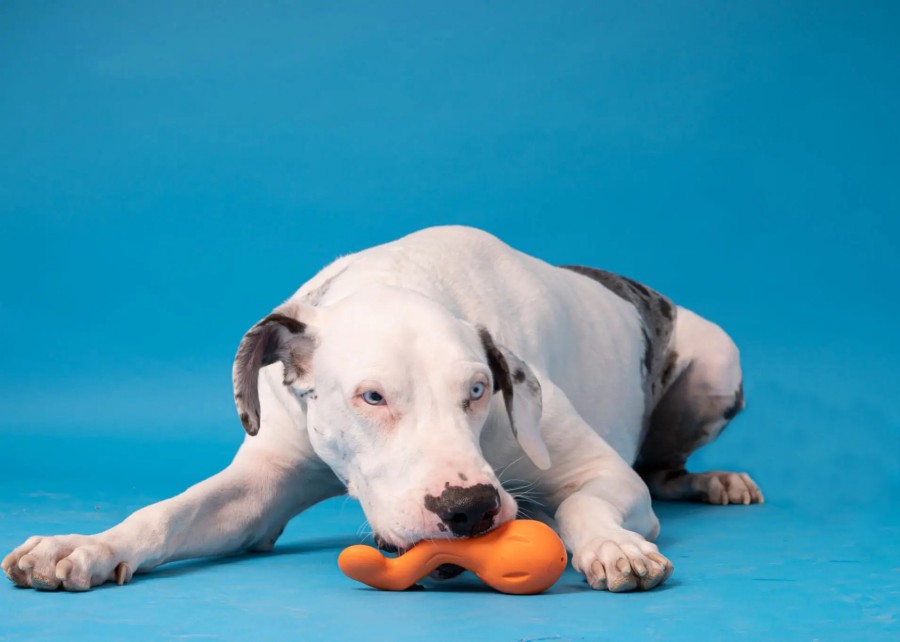
In my experience, the brands that succeed are the ones that stop seeing these dogs as a problem and start seeing them as a target audience. This isn’t just about semantics; it’s a fundamental shift in business strategy. Instead of avoiding these customers, you can cater directly to them. This "power chewer" segment is often willing to pay more for a toy that lasts. They are looking for a solution, and your brand can be the one to provide it. Understanding the "why" behind the chew is the first step to capitalizing on the "what" they will buy.
| Behavior Driver | Market Interpretation | Product Feature Demand | Business Opportunity |
|---|---|---|---|
| Instinctual Chewing | Natural behavior for most dogs, especially breeds like terriers and retrievers. | Satisfying textures, durable materials that can withstand repeated gnawing. | Consistent demand for long-lasting chew toys. |
| Boredom / Anxiety | Dogs left alone or under-stimulated chew to relieve stress. | Engaging puzzle toys, treat-dispensing toys that require focus. | High-value, interactive toys that solve a pain point for owners. |
| High Energy / "Power Chewer" | Sheer jaw strength, common in breeds like Pit Bulls, German Shepherds, and Mastiffs. | Extremely tough materials (e.g., hard rubber), solid construction, appropriate size. | Premium-priced, "indestructible" product lines with high brand loyalty. |
By categorizing the behavior, you can better segment your product offerings and marketing messages to meet a specific need, turning a potential complaint into a profitable sale.
How to identify if a dog toy is safe for destructive chewers?
Choosing the right toys for your inventory can feel like a gamble. A wrong choice leads to costly returns, negative online reviews, and a damaged brand reputation. The key is to use a consistent sourcing checklist.
A safe toy has no small, easily detachable parts, is made of verified non-toxic material, and is too large to be a choking hazard. From a sourcing perspective, you need a scrupulous checklist to assess construction, material integrity, and potential failure points before you place a bulk order.
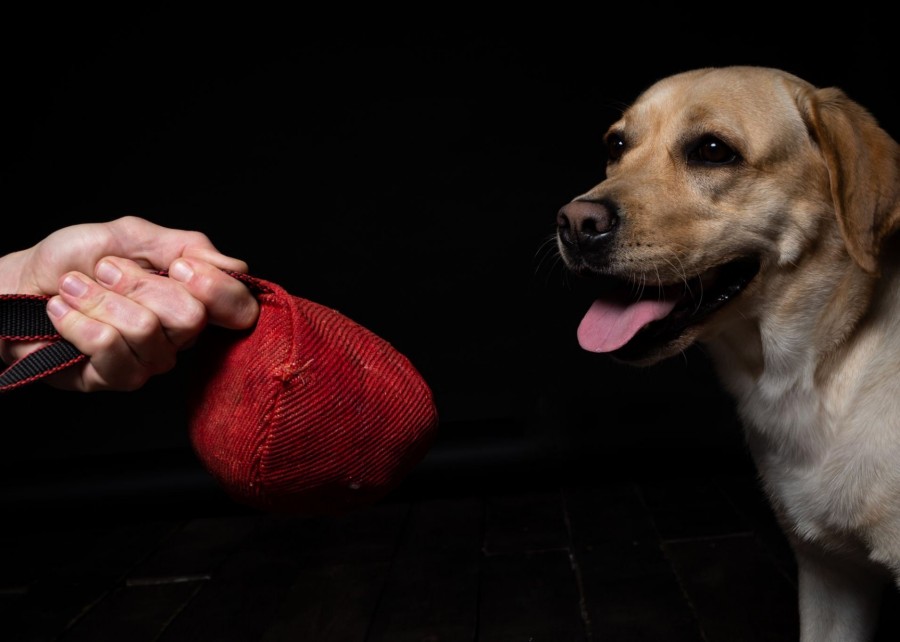
Before any product goes into our clients’ catalogs, we put it through a rigorous evaluation. This isn’t just a quick look; it’s a deep dive from a supply chain and risk management perspective. You need to think like an engineer and a risk analyst. Where could this product fail? What happens when it does? Answering these questions before you buy is infinitely cheaper than dealing with the consequences after you sell. A few extra cents spent on a reinforced seam or a better grade of rubber can save you hundreds of dollars in returns and reputational damage down the line. I always tell my clients that the most expensive toy is the one they have to refund.
Sourcing & Safety Checklist
| Evaluation Point | What to Look For | Business Risk if Ignored |
|---|---|---|
| Material Integrity | Is it a single, solid piece? Are materials certified non-toxic (e.g., FDA-grade)? | High. Choking hazard from broken pieces, toxicity liability. |
| Construction | Check seams on plush toys (are they double-stitched?). On rubber toys, are there thin points? | Medium to High. Quick destruction leads to returns and bad reviews. |
| Attachments | Are there glued-on eyes, squeakers that can be removed, or small plastic parts? | High. These are the most common choking hazards1. |
| Size & Shape | Is the toy large enough that it cannot be fully ingested by the target dog size? | High. Choking and intestinal blockage are severe risks. |
| Marketing Claims | Does the packaging clearly state the intended chew level (e.g., "For Moderate Chewers")? | Medium. Mismatched expectations are the #1 cause of complaints. |
What materials can withstand destructive dog chewing?
You’ve probably heard about many "durable" materials, from nylon to rubber. But not all are equal in performance, safety, or cost. To make smart sourcing decisions, you must understand the trade-offs.
Hard natural rubber, polyurethane, and specific thermoplastic elastomers (TPE) are the top contenders. The key is not just the material type, but its specific grade, density, and formulation. Smart sourcing requires understanding the balance between durability, pet safety, and unit cost.
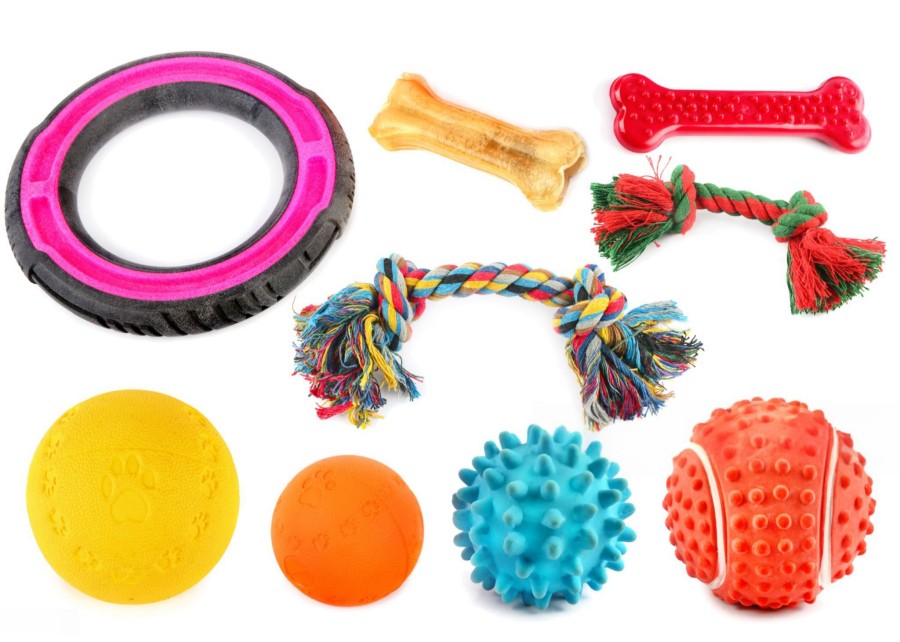
I’ve seen brands fail because they opted for a cheaper grade of thermoplastic rubber (TPR) that couldn’t hold up, leading to a flood of complaints. I’ve also seen brands succeed by investing in a custom-formulated natural rubber blend that created a cult following. The material is the heart of the toy. As a manufacturer, we have access to a wide range of material grades. The choice directly impacts the final product’s performance and your cost. It’s a strategic decision. Investing in a superior material allows you to build a premium product line, command a higher price, and build a reputation for quality that pays dividends for years.
| Material | Durability & Performance | Cost & Sourcing | Best For… |
|---|---|---|---|
| High-Grade Natural Rubber | Excellent tear strength and bounce. Very durable and pet-safe. | Higher cost, but readily available from specialized suppliers like us. | The gold standard for power chewer toys, balls, and chew rings. |
| Polyurethane (TPU) | Extremely tough, abrasion-resistant, and holds shape well. | Moderate to high cost. Excellent for creating very rigid, durable toys. | "Hard bone" style chew toys, discs, and high-impact toys. |
| Thermoplastic Elastomer (TPE/TPR) | Versatile and can be formulated for different hardness levels. Good durability. | Lower to moderate cost. Quality varies greatly by grade. | A good budget-friendly option for moderate chewers or puzzle toys. |
| Ballistic/Heavy-Duty Nylon | High resistance to tearing and puncturing. Often used in layers. | Moderate cost. Labor-intensive to sew correctly. | "Tough" plush toys, tug ropes, and fabric-based toys. |
What size toys are safest for large destructive dogs?
Labeling a toy as "Large" is vague and risky. A toy that’s too small for a powerful chewer isn’t just a disappointment; it’s a serious choking hazard and a massive liability for your brand.
The safest toy for any dog is one that is too large to be fully ingested or fit entirely behind their canine teeth. For large breeds, this means selecting toys that are substantially bigger than their throat opening, considering not just length but also width and overall volume.
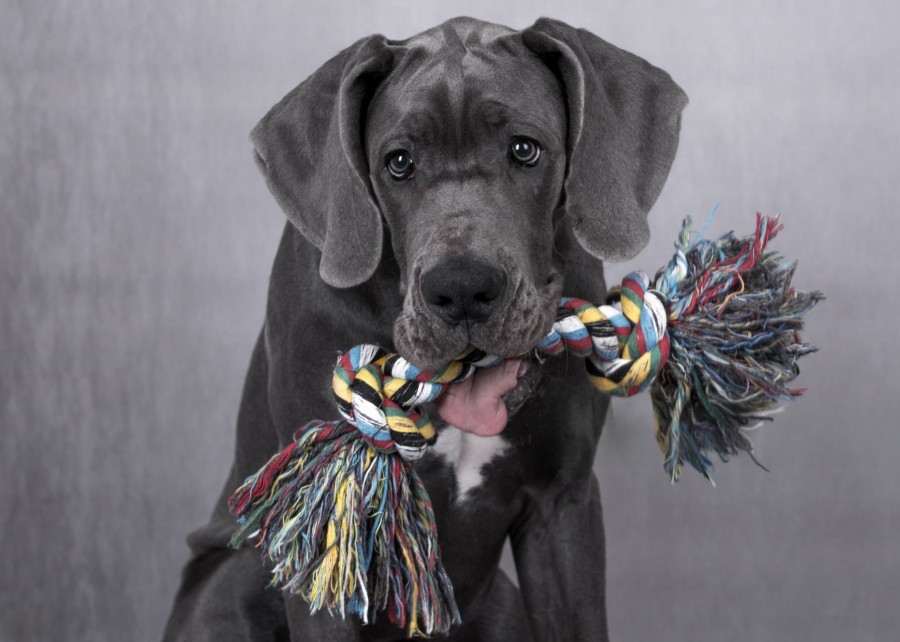
The "No-Swallow Rule2" is the most important principle I teach our clients. I once worked with a brand that was getting complaints about their "large" chew stick. The problem was that while it was long, it was also thin, allowing large dogs to get it into the back of their mouths, creating a choking risk. We helped them re-design the product with a wider, less uniform shape that was impossible to swallow. This simple change eliminated the safety risk and the complaints. From an inventory perspective, this is also about optimization. You don’t need dozens of sizes. A few well-designed SKUs in truly large, substantial sizes can cover the majority of the power-chewer market, simplifying your stock and increasing your turnover.
| Breed Example | Common Jaw Strength | Recommended Minimum Size | Business Rationale |
|---|---|---|---|
| German Shepherd | Strong, focused chewer | >3" Diameter / >8" Length | A very popular breed; a toy sized for them covers a large market. |
| Golden Retriever | Persistent, avid chewer | >3" Diameter / >7" Length | Prone to carrying objects; shape must prevent accidental swallowing. |
| Great Dane / Mastiff | Immense jaw pressure | >4" Diameter / >10" Length | Caters to the giant breed niche, justifying a premium price point. |
What certifications prove dog toys are safe for aggressive chewers?
Certifications can seem like a complex and expensive hurdle. But in a competitive market, ignoring them can lock you out of major retail channels and erode customer trust. You should view them as a strategic investment.
While no official "aggressive chewer" certification exists, material safety certifications are your proof of quality. Look for compliance with standards like ASTM F963 (for children’s toys) or food-grade standards like FDA or LFGB. These prove the material is non-toxic and safe.
The return on investment for certification is huge. First, it provides market access, as many large retailers in North America and Europe require proof of testing. Second, it’s a powerful marketing tool. Being able to state "Made with FDA-Grade Rubber" or "Tested to Children’s Toy Safety Standards" on your packaging instantly builds credibility and allows you to justify a higher price point. We guide our clients through this process, helping them select the right tests for their target markets and incorporating the timeline into the production schedule. It’s not just a certificate; it’s a competitive advantage that you can leverage to build your brand’s authority.
| Certification/Standard | What It Proves | Relevant Markets | Business Value |
|---|---|---|---|
| ASTM F963 | Safety standard for children’s toys, tests for heavy metals, sharp points, and small parts. | Primarily USA, but respected globally. | Demonstrates the highest commitment to safety. A huge trust signal. |
| FDA-Grade Material | The material is considered safe for direct food contact. | USA | Excellent for chew toys, as it assures non-toxicity. Easy for consumers to understand. |
| LFGB | German food contact material standard, often considered stricter than FDA. | Europe (especially Germany) | A premium certification that grants access to the lucrative EU market. |
What to do when customers complain about destroyed dog toys?
A customer complaint3 about a destroyed toy can feel like a direct attack on your product’s quality. Handled poorly, it can spiral into a public relations nightmare on social media.
First, listen and show empathy. Then, transform the complaint into a valuable opportunity. Offer a fair solution, but more importantly, gather key data: the dog’s breed, how long the toy lasted, and exactly how it failed. This feedback is free market research.
The best strategy is always prevention. We work with our clients to develop clear on-package labeling that manages expectations (e.g., "For Moderate Chewers," "Power Chewer Approved"). But when a complaint does come through, it’s a golden opportunity. I advise our partners to create a simple feedback form4 for their customer service team. When a customer calls, the team is trained to say, "Thank you so much for this feedback, it helps us make our products better. Could you tell me your dog’s breed and where the toy broke?" This data is then fed directly back to us, the manufacturer. We can analyze failure points across hundreds of complaints and reinforce a weak seam or tweak a material blend. This closed-loop system turns angry customers into loyal fans and continuously improves your product line, protecting your brand for the long term.
Conclusion
Ultimately, a safe toy for a destructive dog is a business system. It requires smart sourcing, the right materials, and a commitment to continuous improvement. If you’re ready to build a profitable and durable toy line that enhances your brand’s reputation, we are your key partner in growth. Contact us to see how our custom design and one-stop sourcing services can help you succeed.
-
This link will help you identify choking hazards, ensuring the toys you choose are safe for dogs. ↩
-
Understanding the No-Swallow Rule is crucial for ensuring your dog’s safety while playing with toys. ↩
-
Understanding how to manage customer complaints can enhance your brand’s reputation and improve product quality. ↩
-
Exploring the benefits of feedback forms can help you gather valuable insights to refine your products and boost customer satisfaction. ↩

